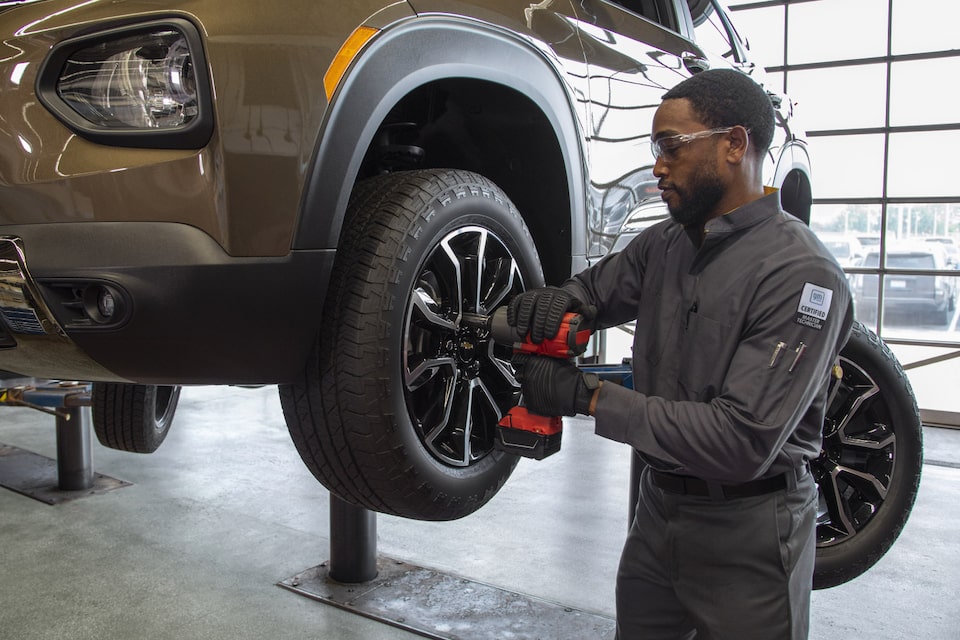Don't Miss Out on Mopar Tire Service Specials: Cost Effective Maintenance Plans
Don't Miss Out on Mopar Tire Service Specials: Cost Effective Maintenance Plans
Blog Article
Tire Service: The Impact of Climate Condition
When it involves guaranteeing ideal efficiency and safety when driving, understanding the effect of weather on tire solution is crucial. From scorching warmth to icy roadways, each weather condition element can significantly influence tire functionality and general driving experience. By delving right into the results of varying climate condition on tires, motorists can obtain valuable understandings that might enhance their automobile's efficiency and long life. In this discussion, we will certainly discover the complex relationship between weather and tire solution, shedding light on the importance of weather-specific tire maintenance practices and considerations.
Warmth and Tire Performance
When revealed to high temperature levels, tires experience changes in efficiency that can substantially influence car security and handling. The warm generated from prolonged driving or warm weather conditions creates the tire rubber to soften, leading to lowered step life and enhanced wear.
Furthermore, high temperatures can accelerate the procedure of tire aging, causing the rubber to wear away quicker. This can cause splits, protrudes, and various other kinds of damages that compromise the structural stability of the tire. To alleviate the effects of heat on tire efficiency, drivers need to frequently examine their tire stress, turn tires to make sure even put on, and evaluate for any type of indications of damage. Additionally, using tires especially made to endure high temperature levels can assist preserve optimum performance and safety on the road.
Winter Effects
Cold weather condition problems can have a significant effect on tire performance and safety. As temperature levels decline, tire rubber can set, causing reduced traction on icy or snow-covered roads. In chilly climate, tires may additionally lose air pressure more swiftly, which can affect taking care of and gas performance. In addition, cool temperatures can create tire sidewalls to stiffen, increasing the threat of damages from splits or other roadway dangers.
To reduce the impacts of winter on tires, it is important to frequently inspect tire stress and inflate them to the manufacturer's advised degrees. Using winter or all-season tires designed for cold weather conditions can additionally boost grip and grip on icy or snowy roads - mopar tire service specials. Proper tire maintenance, including routine inspections for wear and damage, becomes much more critical throughout cooler months to ensure optimum performance and security
Rainy Issues Impact
During stormy conditions, tire performance and security can be dramatically influenced by the damp road surface areas and lowered exposure. The walk pattern of tires plays a crucial function in maintaining grip on damp roads. Tires with worn-out footsteps are a lot more vulnerable to hydroplaning, where a layer of water accumulates in between the tire and the road surface area, resulting navigate to these guys in loss of traction. To battle this, drivers need to consistently check their tires for appropriate walk depth and consider buying tires specifically made for wet conditions.

Snow and Tire Security
When driving in snowy problems, having the ideal tires can make a significant difference in safety and security and performance. Winter tires are created with unique rubber substances and tread patterns to supply much better traction on snow and ice contrasted to all-season tires.
In addition to using wintertime tires, it is essential to ensure they are appropriately pumped up. Winter can create tire stress to drop, impacting grip and handling (tire shop morris). Consistently checking and preserving the correct tire pressure is essential for ideal performance in snowy problems

Weather-Related Tire Maintenance
Weather-related tire upkeep includes a variety of techniques intended at ensuring optimum tire feature and longevity in different weather condition scenarios. One crucial element of weather-related tire maintenance is tire stress policy. Checking tire step regularly and replacing tires when step wear reaches a certain deepness is important for preserving traction and security in negative weather condition.
Verdict
In verdict, climate problems have a substantial influence on tire efficiency and safety and security (mopar tire service specials). From heat impacting tire pressure and wear to chilly weather minimizing grip, it is important to Bonuses take into consideration the weather condition when preserving and using tires.
In this conversation, we will certainly check out the complex partnership in between climate problems and tire service, losing light on the relevance of weather-specific tire upkeep techniques and Web Site considerations.

Report this page